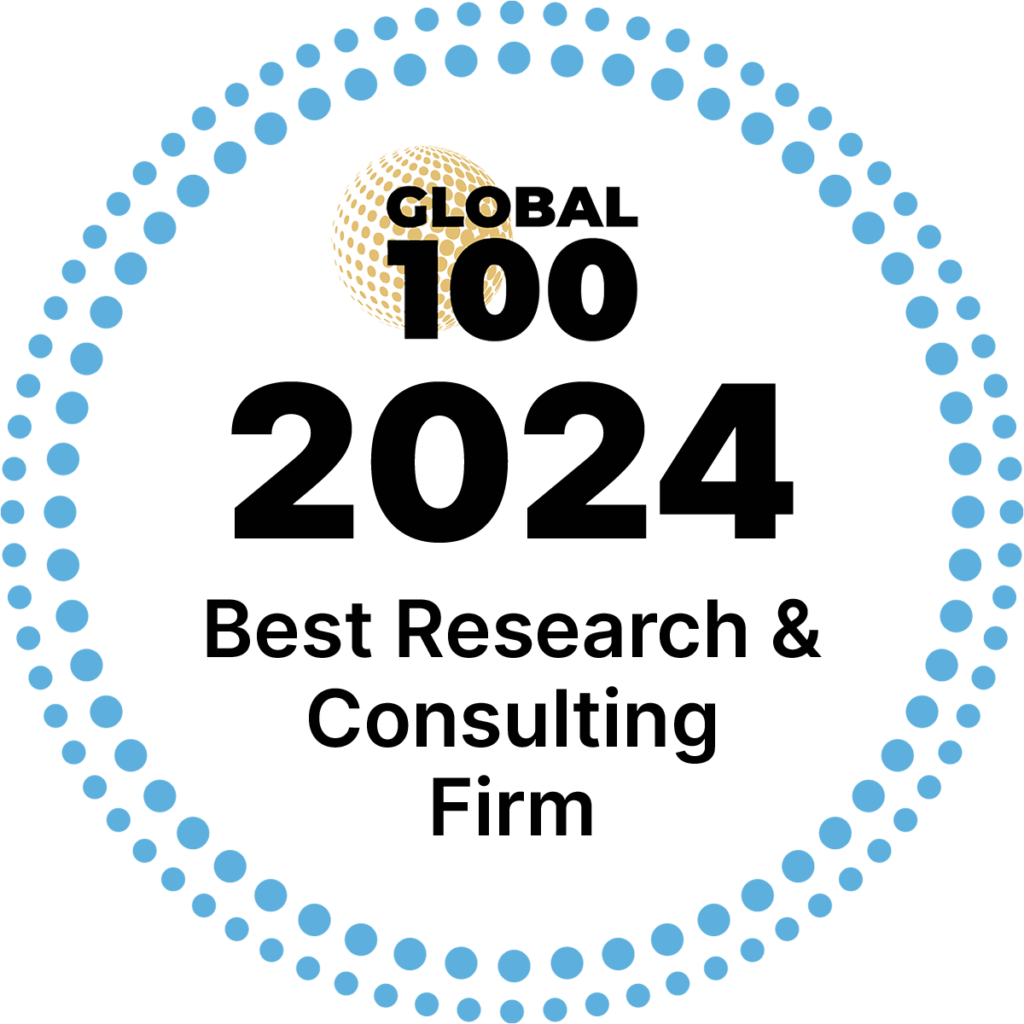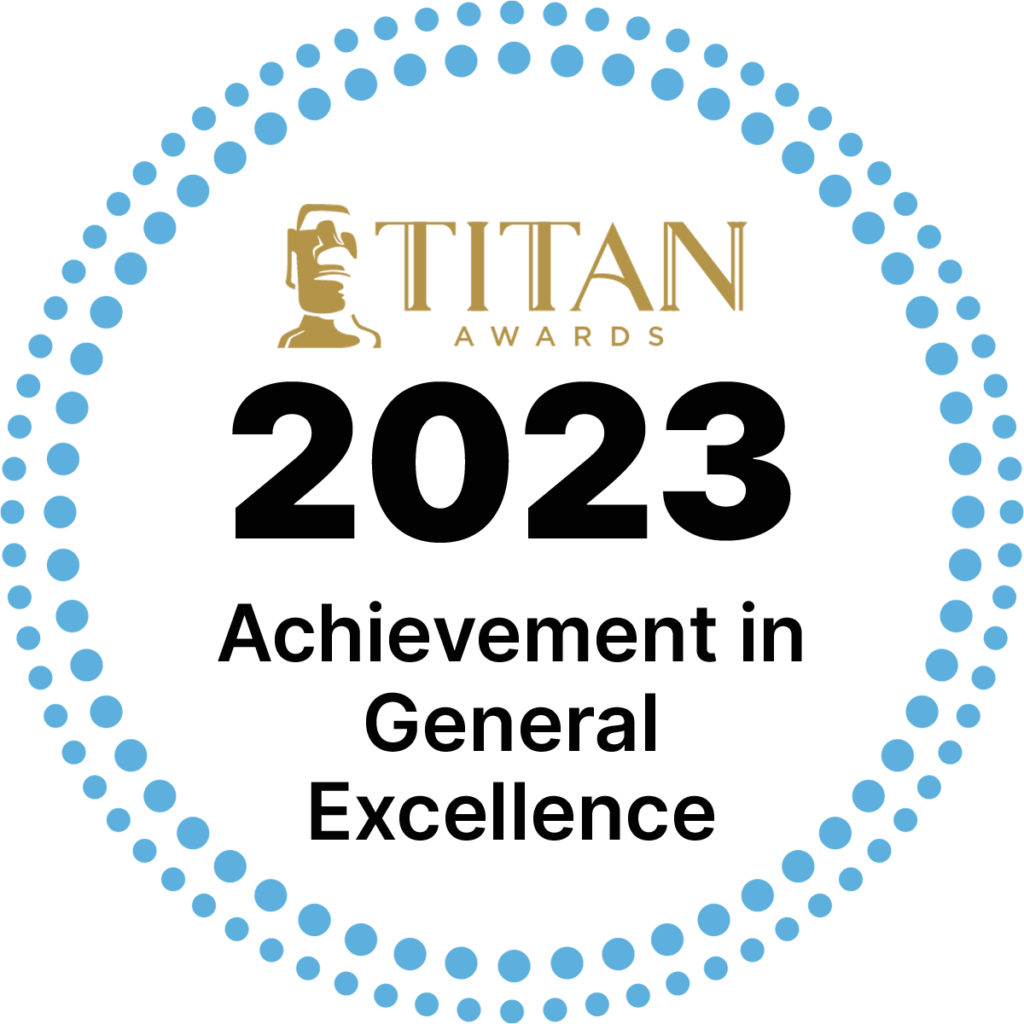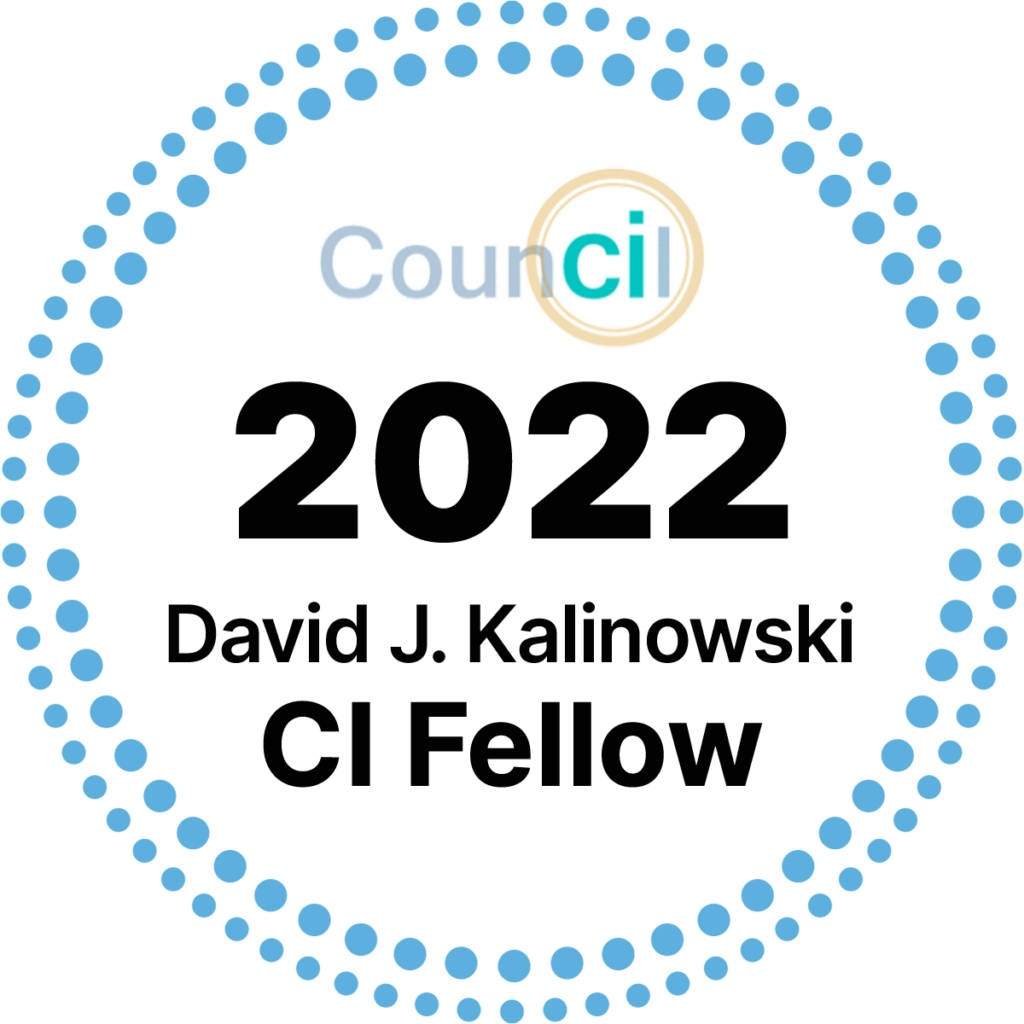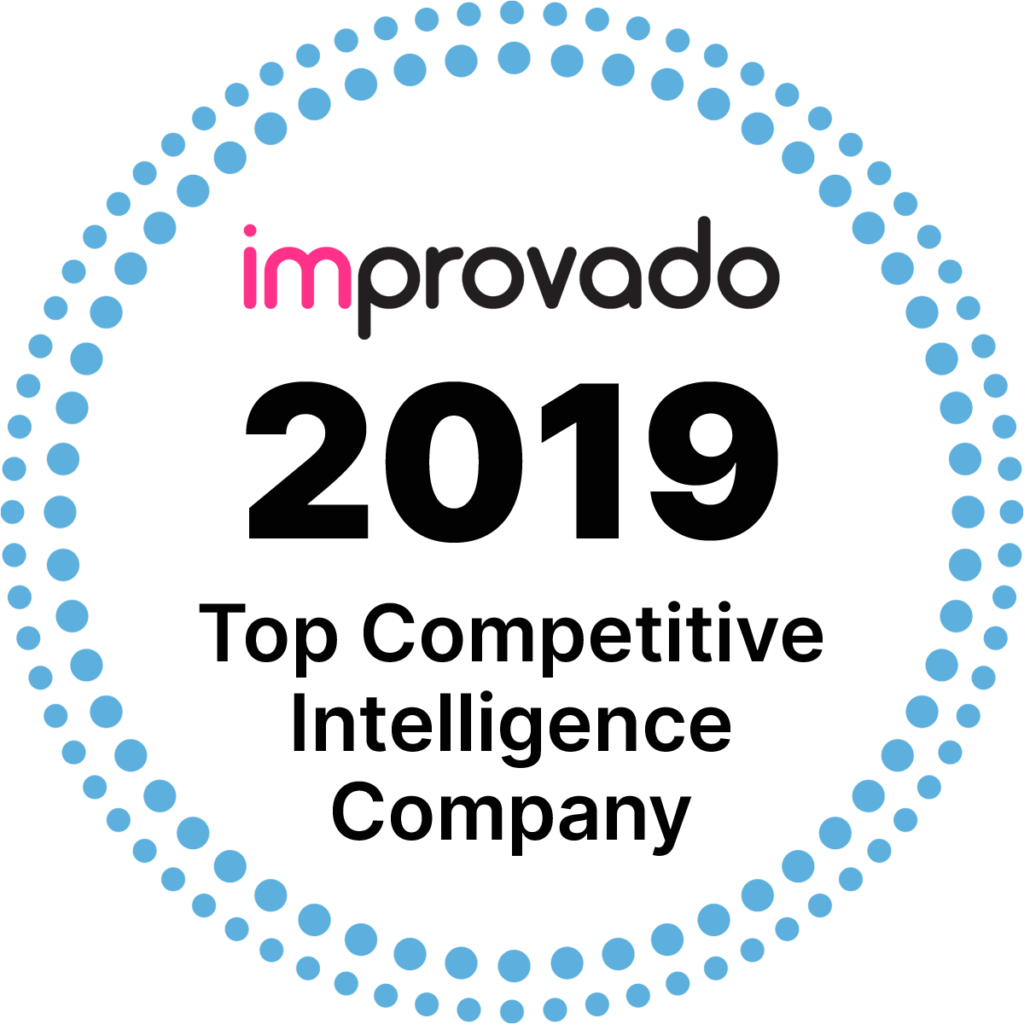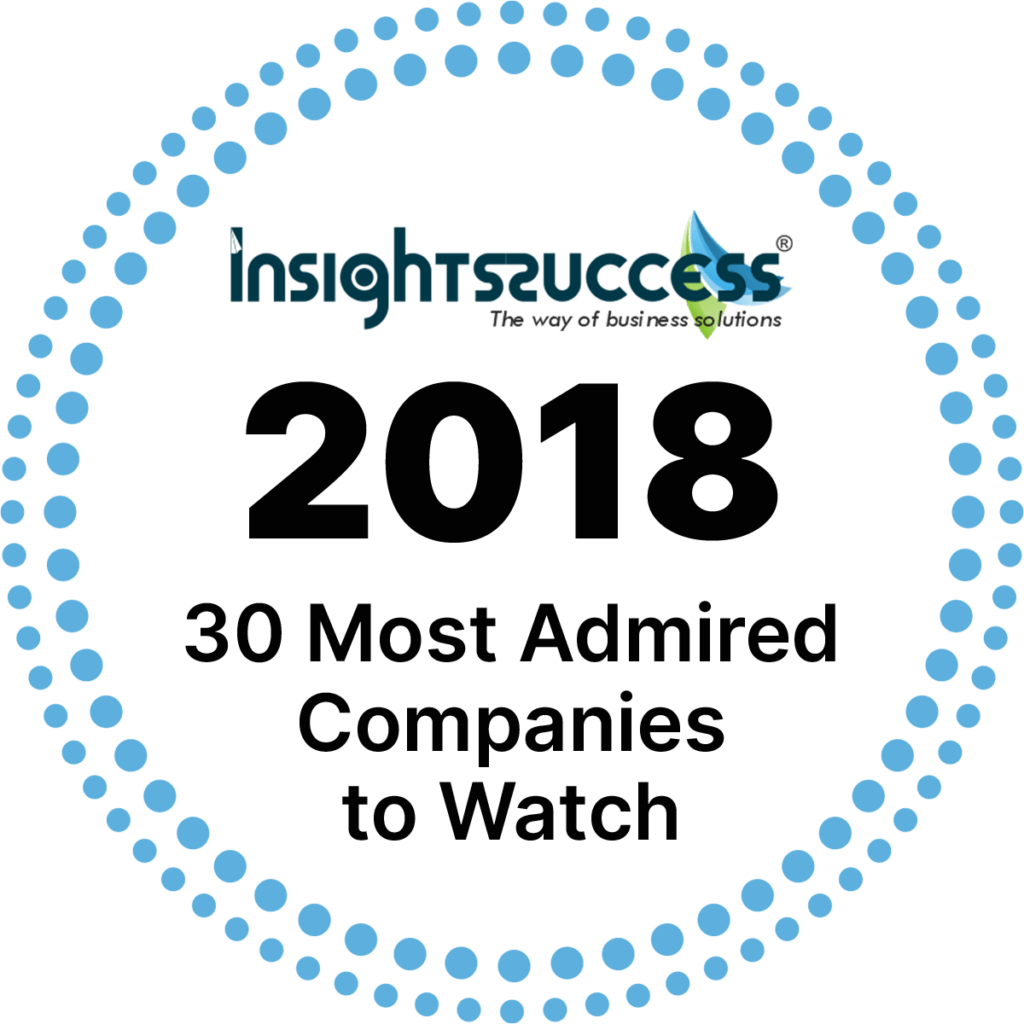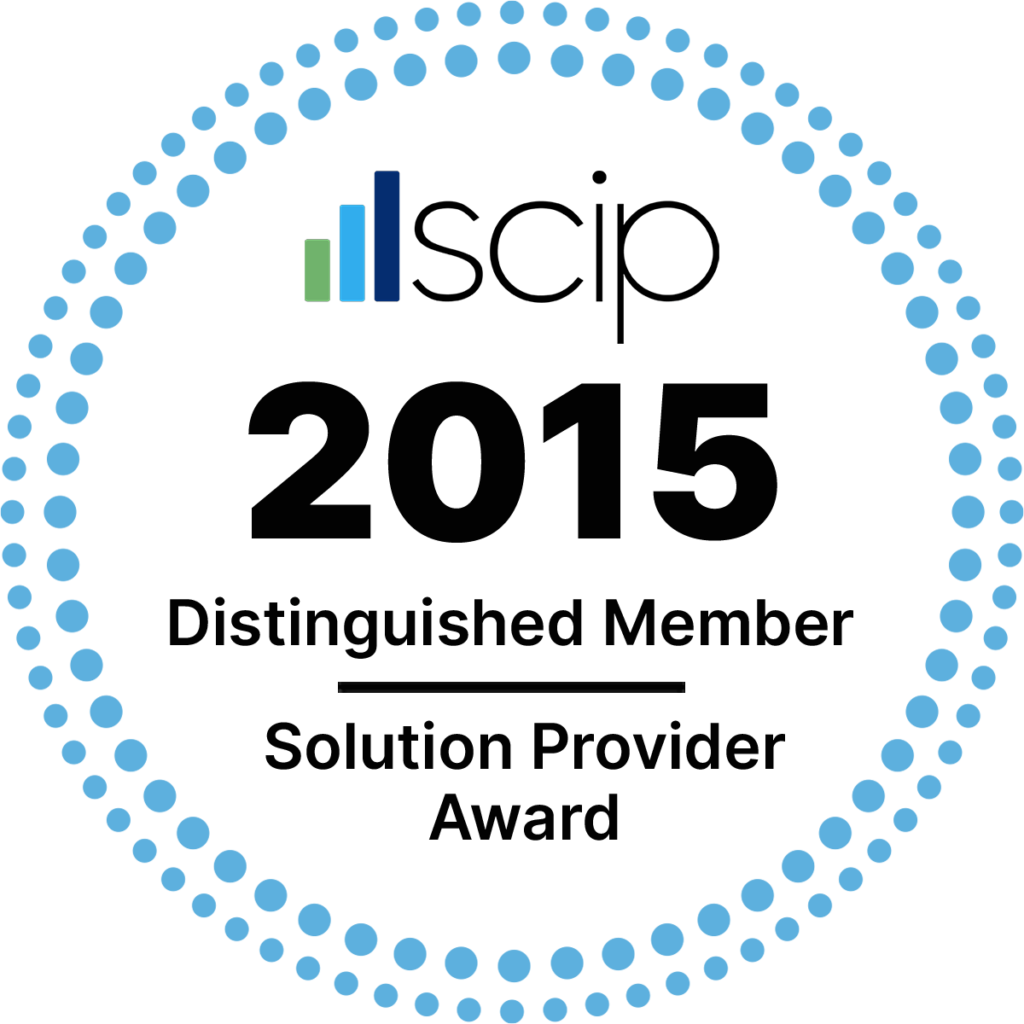Published: September 14, 2016
By Travis Smith, Ph.D., Associate Engagement Manager
Pharma CI is jam packed with sessions and information. The most interesting session I’ve attended focused on the rising importance of biomarker testing for new therapies, and was presented by Mark Reis from the Diaceutics group.
Here are a few key points and my personal takeaways from the presentation:
- According to Reis, around 75% of the current pipeline across pharma consists of targeted therapies – all of which will require some type of specialized assay for determining which patients will benefit from a drug. This clearly will increase the importance of these assays in terms of cost, efficiency, and accuracy; but will also dramatically increase the importance of external laboratory testing for many providers.
- For pharmaceutical stakeholders, understanding how laboratory testing and diagnostic assay development and actual day-to-day use in laboratories will work for any therapeutic agent will be critical to driving and sustaining uptake. Even for a very effective therapeutic agent, requiring prescribers and laboratories to rely on tests that are too costly, too difficult, or take too long to perform will negatively impact both perception and actual use.
- Cost pressures often drive laboratories to develop “laboratory developed tests” that are homebrew versions of commercially available diagnostic tests. These tests, which vary from testing laboratory to testing laboratory; introduce confusion and inconsistency into the prescriber-patient-laboratory relationship – and make it very difficult to compare assays for the same condition across different testing laboratories. However, to maintain a profitable operation structure laboratories often have no choice, as payers reimburse at a price point below the cost of commercially available tests.
In summary, there are two important trends that are moving the industry toward a dangerous situation: more and more new drugs will require accurate, timely, consistent, and cost-effective testing while price and personnel pressures on laboratories are driving them to use non-standardized assays that vary from laboratory to laboratory. For pharma companies it will become critical to fully integrate and plan for these realities as they bring new targeted therapies to market. Availability of cost-effective, standard, easy-to-use diagnostic assays supporting new targeted therapies will likely serve as a competitive differentiator as more specialized agents come to market.

